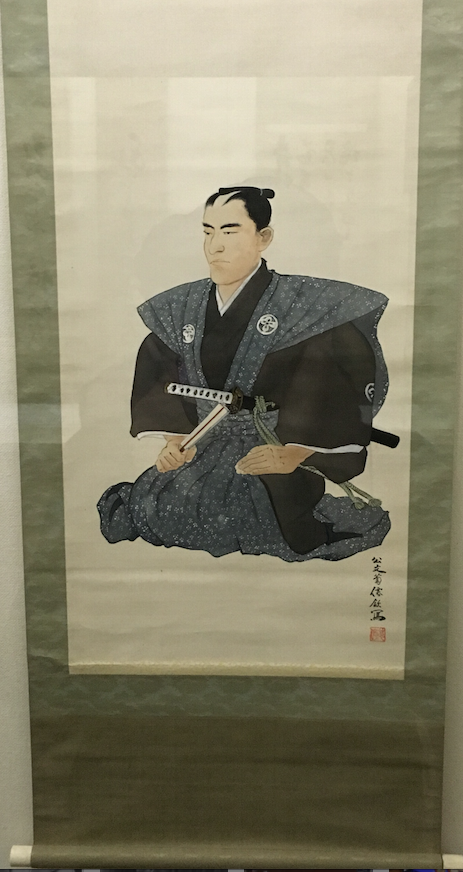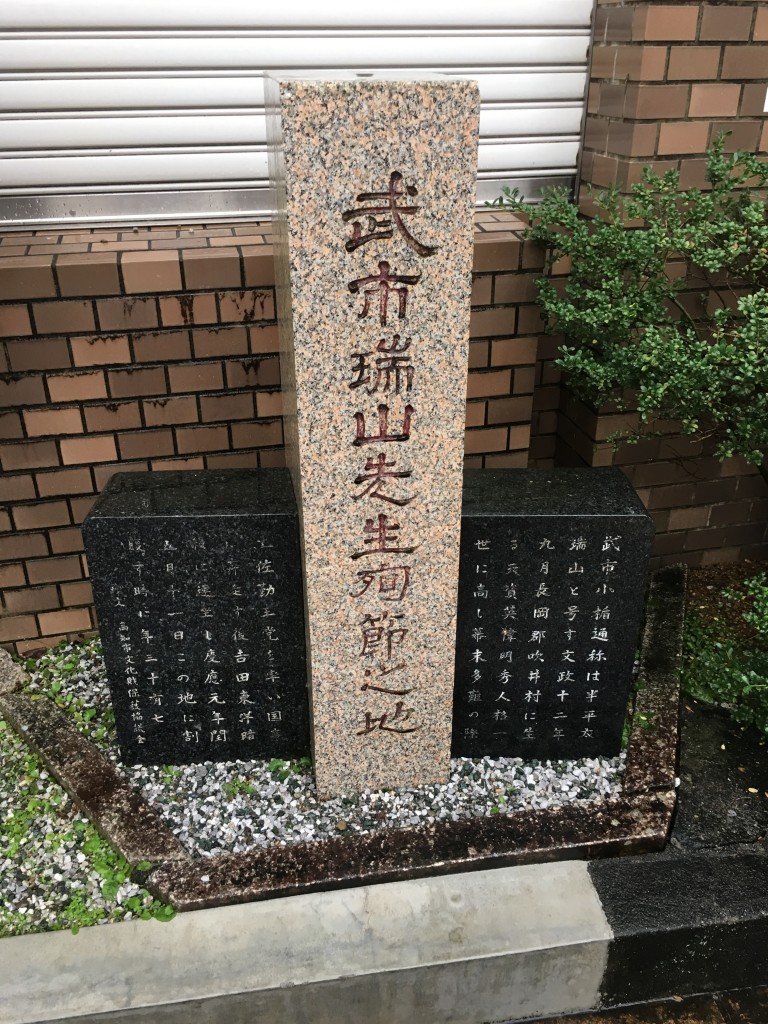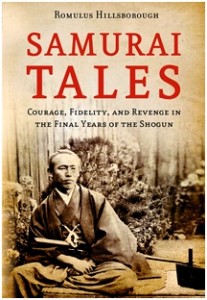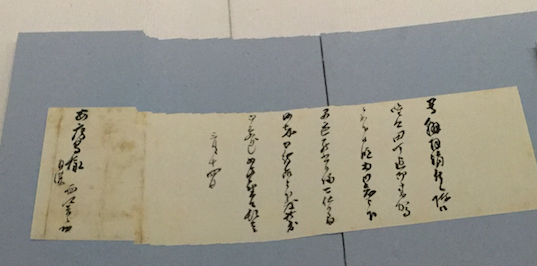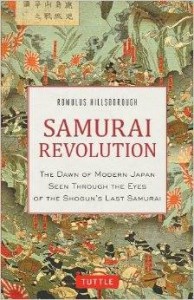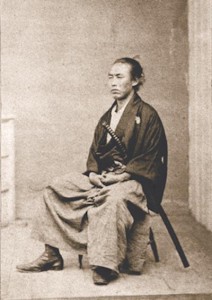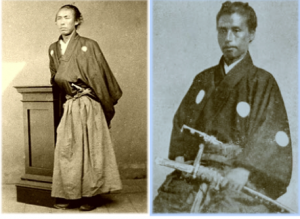
Sakamoto Ryoma & Katsu Kaishu
The outlaw samurai Sakamoto Ryoma first met the shogun’s vice commissioner of warships, Katsu Kaishu, some time between the Tenth and Twelfth Months of the Japanese year corresponding to 1862. In light of Ryoma’s background as a leader of Takechi Hanpeita’s seditious Tosa Loyalist Party, whose members had been assassinating officials and sympathizers of the shogun’s government over the past several months, it would not be unreasonable to assume that Ryoma had at least entertained the notion of killing Kaishu. “Sakamoto Ryoma came to kill me,” Kaishu recalled in 1896, more than thirty years later. But Kaishu tended to exaggerate and embellish past exploits; and anyway, based on Ryoma’s behavior during those bloody times (he is known to have killed only once, in self-defense), it is hard to believe that he intended to kill Kaishu.
Far from it. In fact, Ryoma became Kaishu’s devoted student, learning from him the naval arts and sciences, most significantly how to operate and navigate a state-of-the-art steamship toward developing a modern Japanese navy. It was only natural, then, for Ryoma to be protective of his teacher. Which was why a few months after first meeting him, Ryoma recruited one of the most notorious assassins of the time, fellow Tosa samurai Okada Izo, who bore the nom de guerre “Hito-kiri” (literally, “Man-Cutter”), to protect Kaishu on the dangerous streets of Kyoto, the Imperial capital. Following is a slightly edited excerpt from my Samurai Revolution (without footnotes):
[begin excerpt] “The situation at that time was extremely dangerous,” Kaishu later wrote. “I had arrived [to the region] by ship, and come to Kyoto. It was a bad time to travel because all the inns [in the city] were completely full.” Okada Izo accompanied him that night, probably assigned to bodyguard duty by Ryoma. Kaishu and Izo were each armed with the two swords. As they walked down the street called Teramachi-dori, running north and south just below the east side of the Imperial Palace, “three samurai suddenly appeared. Without uttering a word, they came at me with swords drawn. I was startled. Okada Izo of Tosa, walking beside me, drew his long sword and immediately jumped in and cut one of them in two. ‘Coward,’ Izo screamed. ‘What do you think you’re doing?’ The other two, completely surprised, fled without looking back. I was amazed by his [Izo’s] technique and lightening speed.
But Kaishu was bothered by Izo’s attitude after the incident. “‘You shouldn’t take pleasure in killing people,’ I told him. ‘Bloodshed is extremely bad. You’d best mend your ways.’ He acknowledged my words, then faintly murmured, ‘If I hadn’t been with you the other day, Sensei, you would have lost your head.’ He stood there smiling. There wasn’t a thing I could say.”
(Part 2 of this series was posted on October 31, 2015.)
For updates about new content, connect with me on Facebook.
[Read more about the assassinations committed by Okada Izo on the streets of Kyoto, and about the relationship between Ryoma and Kaishu, in my novel, Ryoma: Life of a Renaissance Samurai and my historical narrative, Samurai Revolution.
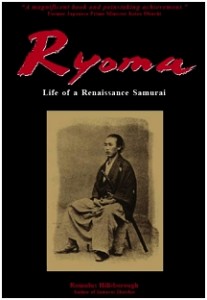
Ryoma: Life of a Renaissance Samurai, the only biographical novel about Sakamoto Ryoma in English, is available on Amazon.com.

